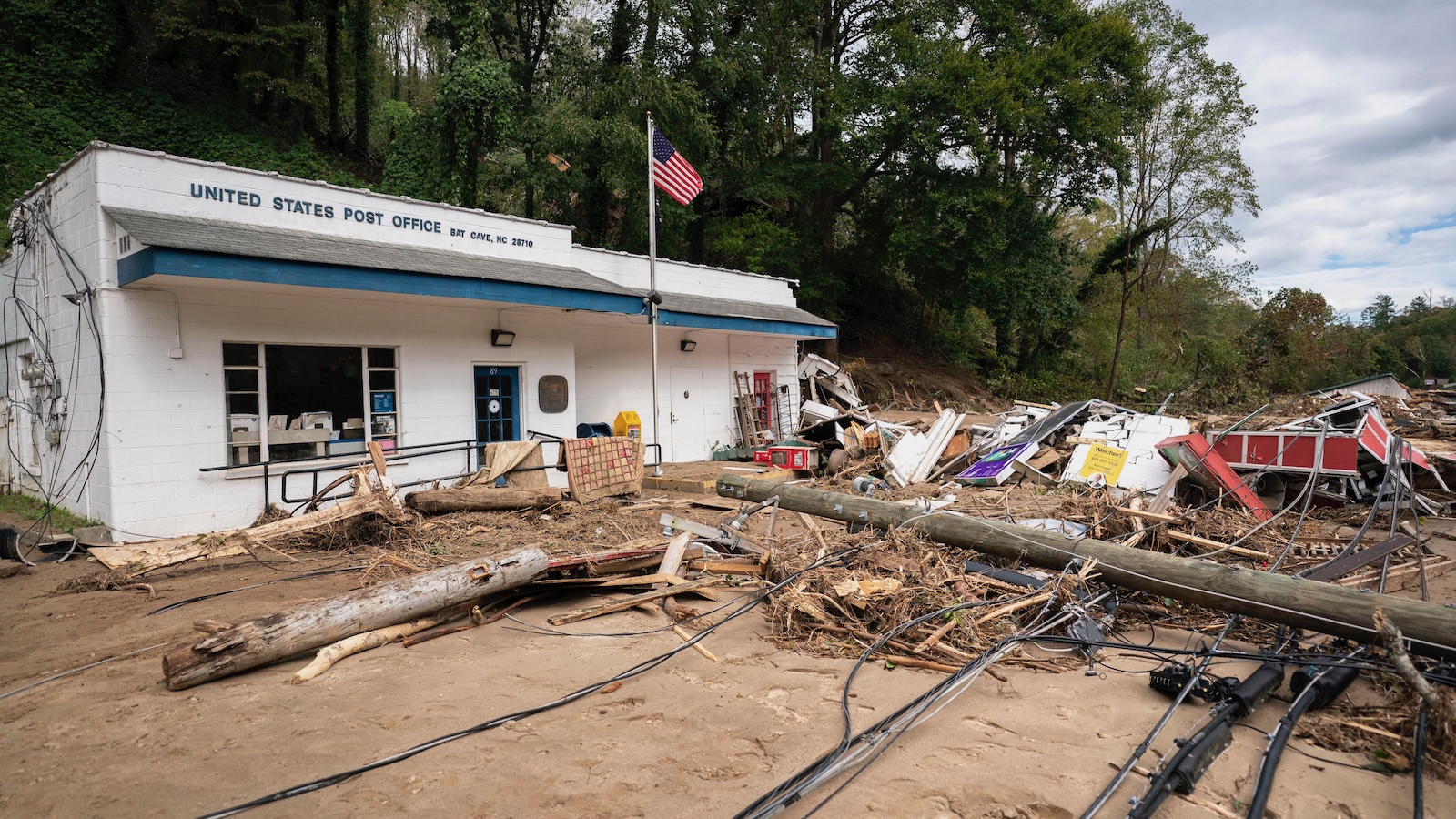Now Reading: Why Has Trump Left Climate Adaptation Plans Untouched?
1
-
01
Why Has Trump Left Climate Adaptation Plans Untouched?
Why Has Trump Left Climate Adaptation Plans Untouched?

Speedy Summary
- Climate adaptation plans from over two dozen federal agencies remain accessible on federal websites, despite contrasts wiht aggressive climate policy rollbacks under former President Trump.
- These plans outline measures like protecting assets from flooding and incorporating climate considerations into military strategies.
- Some experts suggest the survival of these plans may be an oversight or a sign of internal acknowledgment of their importance.
- While the Biden administration released updated versions (2021-2027), experts note gaps in funding and enforcement for implementation.
- A 2021 GAO report found no cohesive strategy for prioritizing investments in climate-resilient infrastructure within the extensive U.S. government property portfolio.
- Federal Emergency Management Agency (FEMA) recently shut down key disaster adaptation programs amidst broader layoffs at climate-focused agencies like EPA and NOAA under Trump policies.
- Congress passed the Disaster Resiliency Planning Act to encourage agency preparedness, but execution remains voluntary and leadership-dependent.
- Observers remain skeptical about active adherence to these plans in future administrations committed to other agendas.
Indian Opinion Analysis
The survival of U.S. federal climate adaptation plans amid policy rollbacks reflects a complex interface between differing administrative priorities and bureaucratic inertia, notably useful even within politically charged contexts as a tool for long-term disaster preparedness planning worldwide inc india facing own floods cyclones geo angle learnsite how funding tighter
Stay Informed With the Latest & Most Important News
Previous Post
Next Post
Loading Next Post...

























